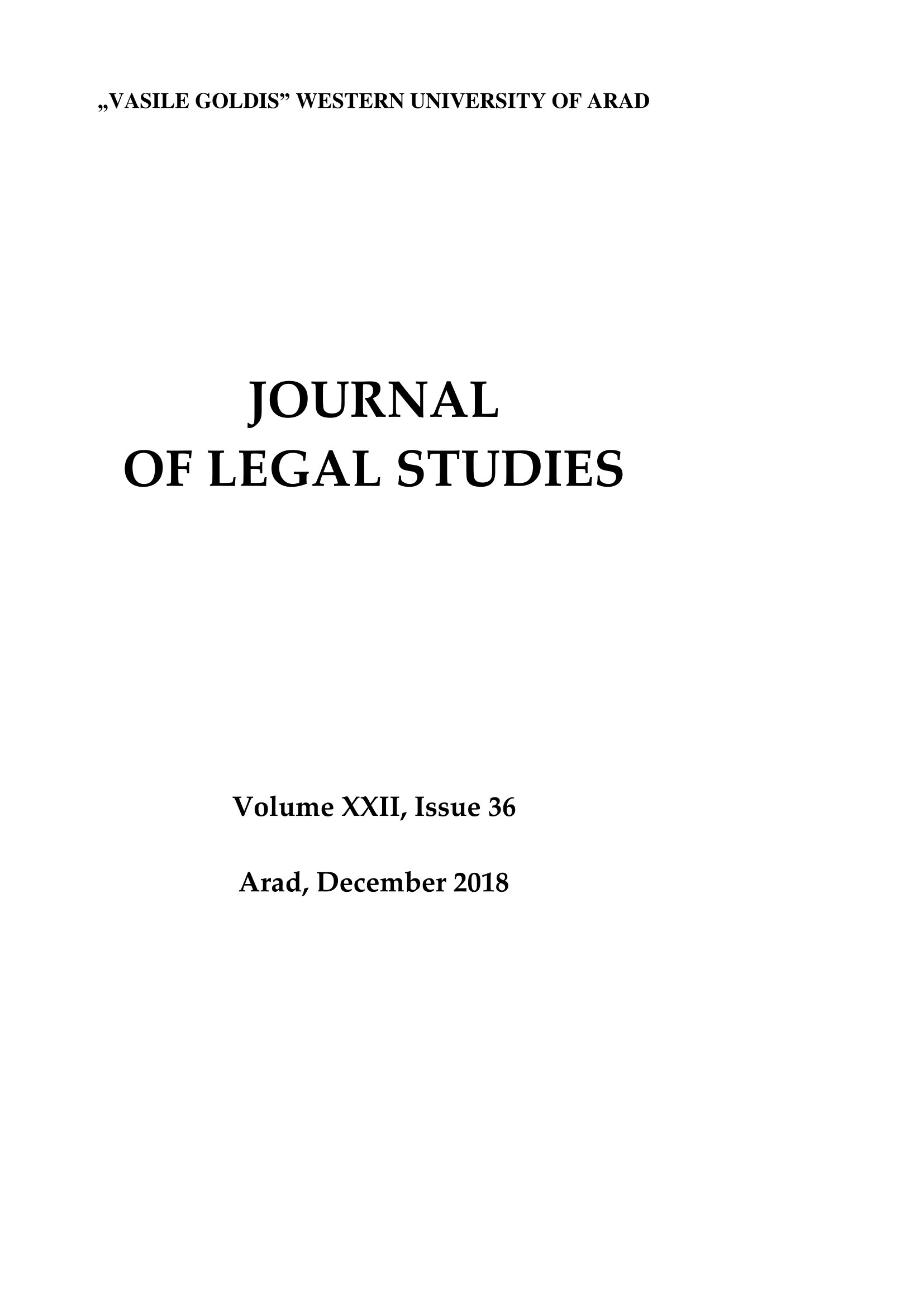THE INTERFACE BETWEEN THE SECURITIZATION ACT OF
2004 AND THE FINANCIAL REHABILITATION AND
INSOLVENCY ACT OF 2010
THE INTERFACE BETWEEN THE SECURITIZATION ACT OF
2004 AND THE FINANCIAL REHABILITATION AND
INSOLVENCY ACT OF 2010
Author(s): Russell Stanley GeronimoSubject(s): Law, Constitution, Jurisprudence, Commercial Law
Published by: Editura Universităţii Vasile Goldiş
Keywords: securitization law; insolvency law; investors; bankruptcy;
Summary/Abstract: The interface between securitization law and insolvency law is the central legal concern in designing securitization transactions. The complex structure of these transactions under the Securitization Act of 2004 should be understood within a specific legal context: the possible bankruptcy, insolvency, or liquidation of the ―originator‖ (i.e. the entity requiring securitization financing), which may jeopardize the claims of asset-backed security investors. It is a solution to the risk that security holders with claim to specific assets may end up being subordinated to the interest of preferred creditors and ranked paripassu with, or even lower than, unsecured creditors in a rehabilitation or liquidation proceeding. Under present law, this risk may arise through the ―substantive consolidation‖ and ―clawback‖ provisions of the Financial Rehabilitation and Insolvency Act (FRIA) of 2010. This risk is mitigated through the creation of a bankruptcy remote vehicle and true sale of receivables, and it is the lawyer‘s principal role in the securitization process to isolate or ring-fence assets beyond the reach of creditors, and making them an exclusive claim of investors. How this works in theory and practice is the subject of this paper.
Journal: Journal of Legal Studies “Vasile Goldiş”
- Issue Year: 22/2018
- Issue No: 36
- Page Range: 1-14
- Page Count: 14
- Language: English

